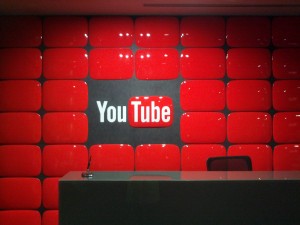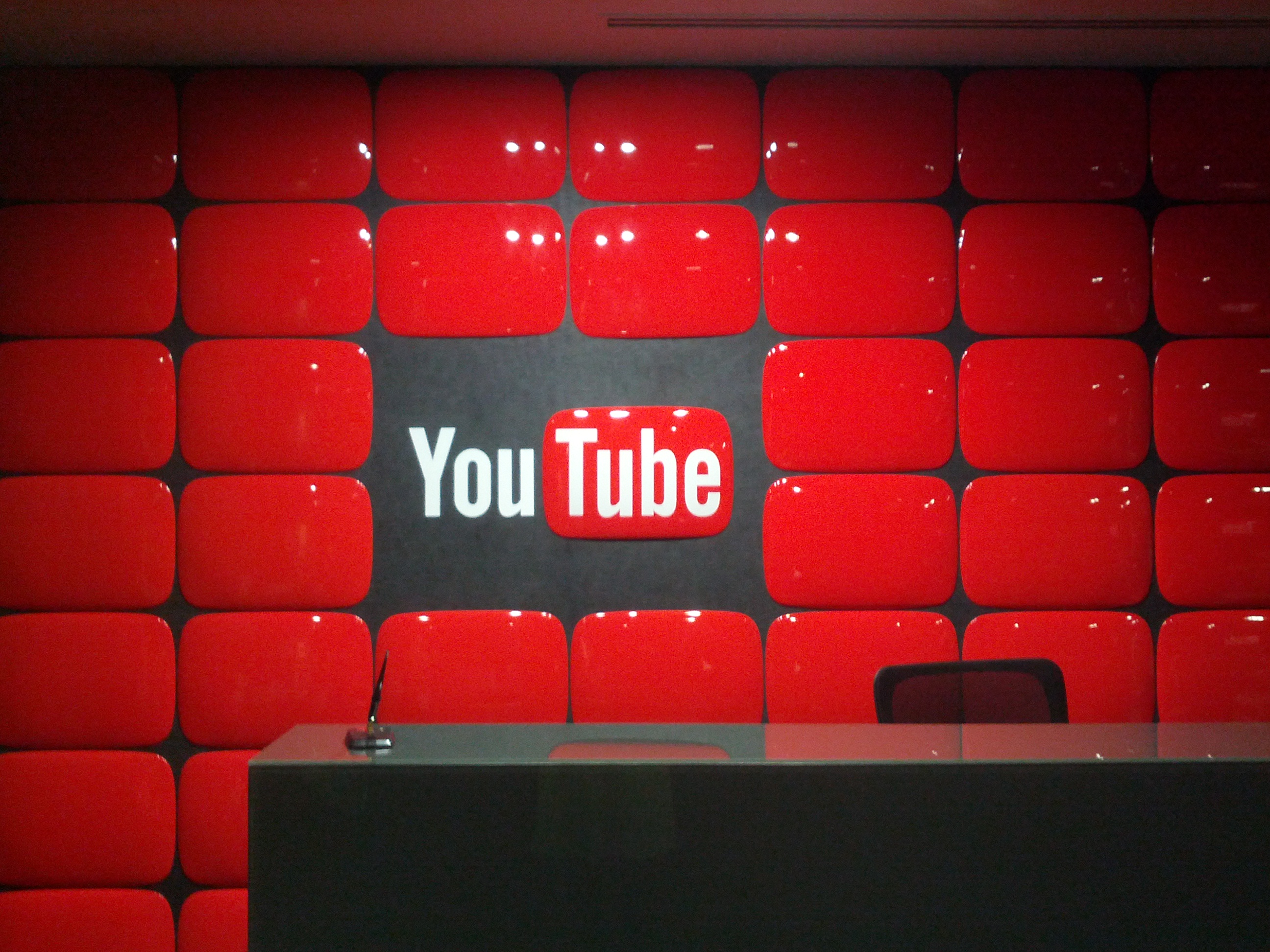This post is also available in Dutch.
Science and pop culture may seem like polar opposites. In fact, the mechanisms that govern the YouTube community are similar to those governing the academic world.
 ‘YouTube studio Tokyo’ by Fumi Yamazaki (CC BY-NC-SA 2.0)
‘YouTube studio Tokyo’ by Fumi Yamazaki (CC BY-NC-SA 2.0)
Just a few years ago, kids blogging on YouTube were a niche phenomenon, aggregating a small audience of hipsters willing to watch. Now, more and more of these—usually teenage, performers have collected a world-wide audience. Interestingly, the mechanisms that govern the YouTube community are quite similar to those governing the academic world. Let me explain.
1. Currency
On YouTube, success is measured by the number of subscribers you obtain. Subscribers are acquired through having as many videos as possible, watched as many times as possible. In science, currency is determined by a researcher’s h-index. This is achieved through having as many publications as possible, with as many citations as possible.
2. Small world
When you open YouTube, you see people who are smiling, happy to show you their passions, while making good money to do so. But in fact, most YouTubers are invisible and will never collect the number of subscribers needed to make a living. Similarly, in science, only 2-5% of PhD students stay in academia for a lifetime; the vast majority evaporate.
3. Cooperation
Even though making YouTube videos can be done alone, YouTubers often meet privately to star in each other’s videos. This is one strategy against the problem mentioned in [2], and can therefore be very tactful. By inviting a well known YouTuber to your channel, you improve your chances of being noticed by their fans. Meanwhile in science, researchers support each other by forging collaborations and citing each other’s work.
4. Golden shot
Just one good YouTube video can make you famous. Similarly, in science, one groundbreaking paper can change your life forever. Take John Nash for example, he received a Nobel prize in economics for his work on the Nash equilibrium that totaled only 27 pages.
5. Image matters
Most popular YouTubers hire staff to record their videos in a semiprofessional studio, and invest in a catchy intro for all their videos. In science, more and more labs (like some at Cambridge University in the UK) hire graphic designers and train PhD students in presentation skills.
6. Niche
There are various kinds of YouTubers: gamers, make-up artists, lifestyle and motivational speakers, pranksters, book and movie reviewers… There are even YouTubers showing you the most popular videos on YouTube! All of which try to position themselves on the market to stand out. The same applies to early career scientists. They research their field and try out different projects in order to find an area in which they can provide unique expertise.
7. Sponsors
If you’re good at collecting currency (see [1]), you will eventually get sponsors, and sponsors provide prosperity. Unfortunately, online content quickly gets old, so you have to keep creating new videos in order to keep your sponsorship. In terms of science, this is the most painful part: acquiring grants from granting agencies. Agencies and institutions put you on the payroll for your good science, but they really stick to you for your numbers.
This blog was written by Natalia Bielczyk. Edited by Jeroen.
